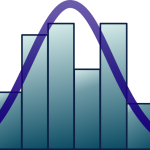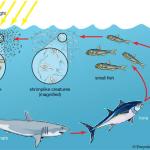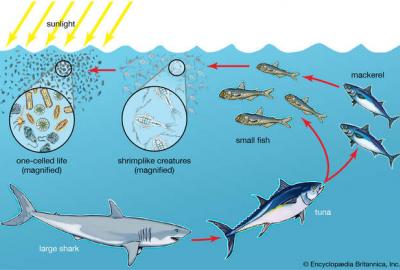Applied Marine Ecology
The course includes theoretical lectures and educational trips and/or practical activities to train the students on the typologies of anthropogenic impacts on marine environment, the responses of biological communities and marine ecosystems (even in terms of functioning), the method of analysis and identification of these forms of impact, mitigation tools and strategies to restore degraded ecosystems. All of this will be framed in the context of the current European regulations for monitoring the health status of marine ecosystems and existing principles of conservation and protection of marine resources. At the end of the course students will be able 1) to identify the different typologies of anthropogenic impacts and their characteristics; 2) to assess their causes and consequences on marine life; 3) to describe the strategies for mitigating the effects of pollution and impacts on marine ecosystems. Finally, the student will learn 5) the current European Directive and existing regulations for protecting the health of marine life and ecosystems. The skills acquired in the framework of the course will help to improve students' ability to formulate scientific hypotheses and analyse practical issues, which will be tackled during the course "Field practices in marine monitoring"
Course contents
Marine pollution and anthropogenic impacts: vulnerability and pollution of marine ecosystems, classification and sources of marine pollution (organic, chemical, biological, light, acoustic, thermal pollution, exploitation of resources and energy from the sea, introduction of non-native species). Eutrophication, mucilage and toxic algae: trophic status indicators and models, strategies for control and for the study of toxic algae. Pollution due to hydrocarbons: Ecological effects of oil spills, strategies to contain and recover the oil spill. Plastic and microplastic impact on marine life and ecosystems. Impact of pharmaceuticals and personal care products: sources and potential effects on organisms. Microfouling and macrofouling: (ecocompatible) strategies for biofouling control. The impact of trawling on marine habitats: methods and tools for studying the impact of trawling, direct and indirect environmental effects of trawling, by catch and ghost fishing. The impact of intensive aquaculture: ecological effects of mariculture and strategies for studying and mitigate the impacts. The introduction of non-native species: definition and sources of alien species, the effects of the invasion of alien species and strategies to avoid the impact. Frauds associated with marine food: the case of the Pangasius and Halibut. Global changes and multiple stressors. Criteria for assessing the quality of the marine environment: biological indicators and biotic indexes, the Marine Strategy Framework Directive. Case studies presented during the include: pollution in the Mediterranean Sea, eutrophication and mucilage in the Adriatic Sea, the Fukushima disaster, the incidents of large tankers and the case of Agip Abruzzo and Deepwater Horizon, invasion of alien species in Black Sea, impact of fish farms in the Mediterranean, the impact of sunscreens on coral reefs.
Final competences
- Knowledge of the different typologies of anthropogenic impacts on marine life and ecosystems.
- Knowledge of the main causes and effects of anthropogenic impacts and global changes.
- Ability to apply the scientific methods for assessing anthropogenic impacts and investigating their effects.
- Knowledge of the strategies for mitigating the effects of pollution and impacts on marine ecosystems.
- Knowledge of the current European Directive and existing regulations for protecting the health of marine life and ecosystems.
- The course aims at training students on the main features of the anthropogenic impacts and global changes of marine ecosystems and monitoring and mitigation techniques and restoration approaches of degraded ecosystems in elation to the new European Directive Marine Strategy Framework Directive.
- The scope of the course is also to provide the students with theoretical bases to be applied during field activities conducted in the course: Field practices, sampling design and census of marine communities, and to develop their ability to formulate scientific hypotheses for analyzing current environmental issues through the elaboration of collected data and final evaluation of the results obtained
Further course information can be found here: https://studiekiezer.ugent.be/2026/studiefiche/en/C003897




